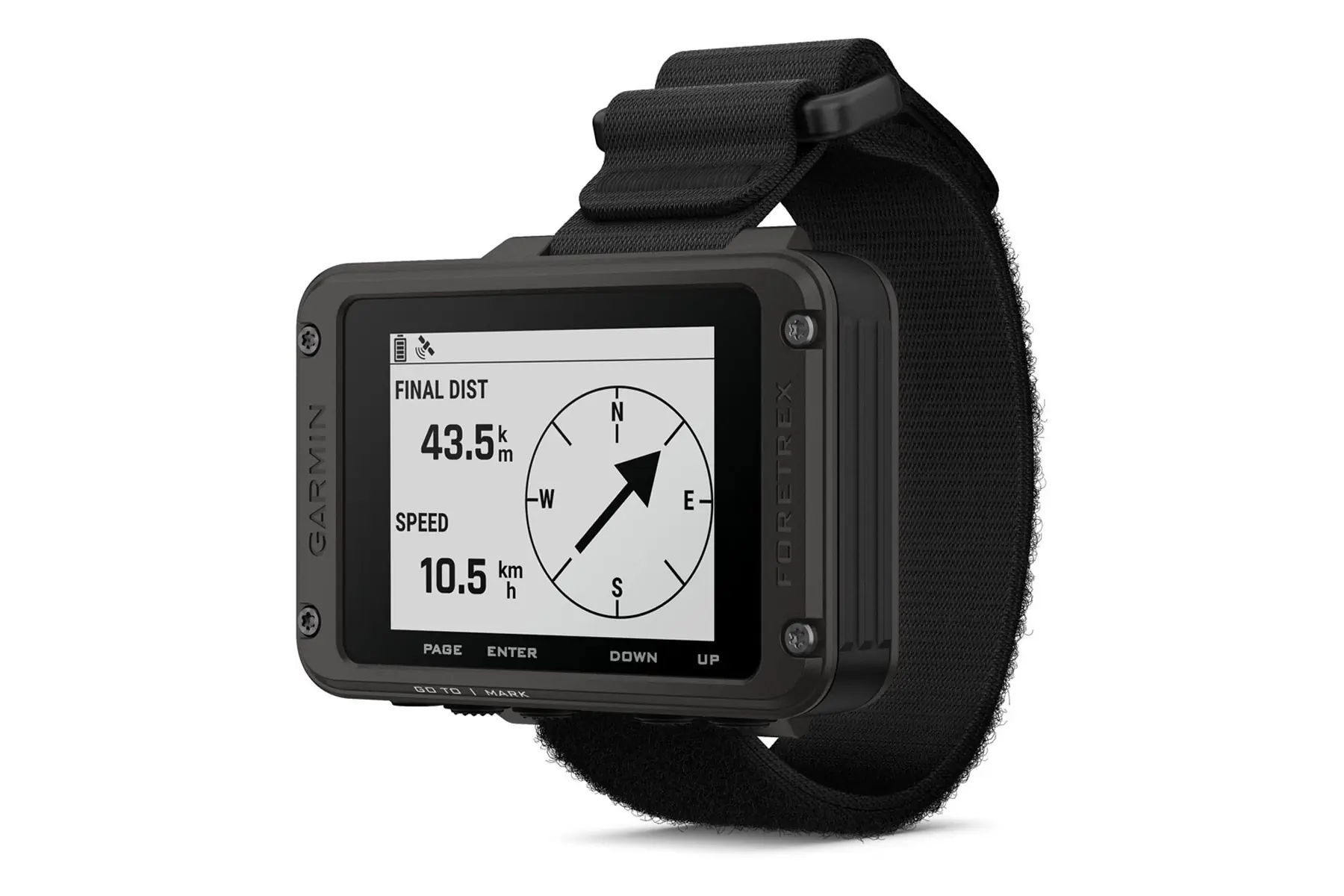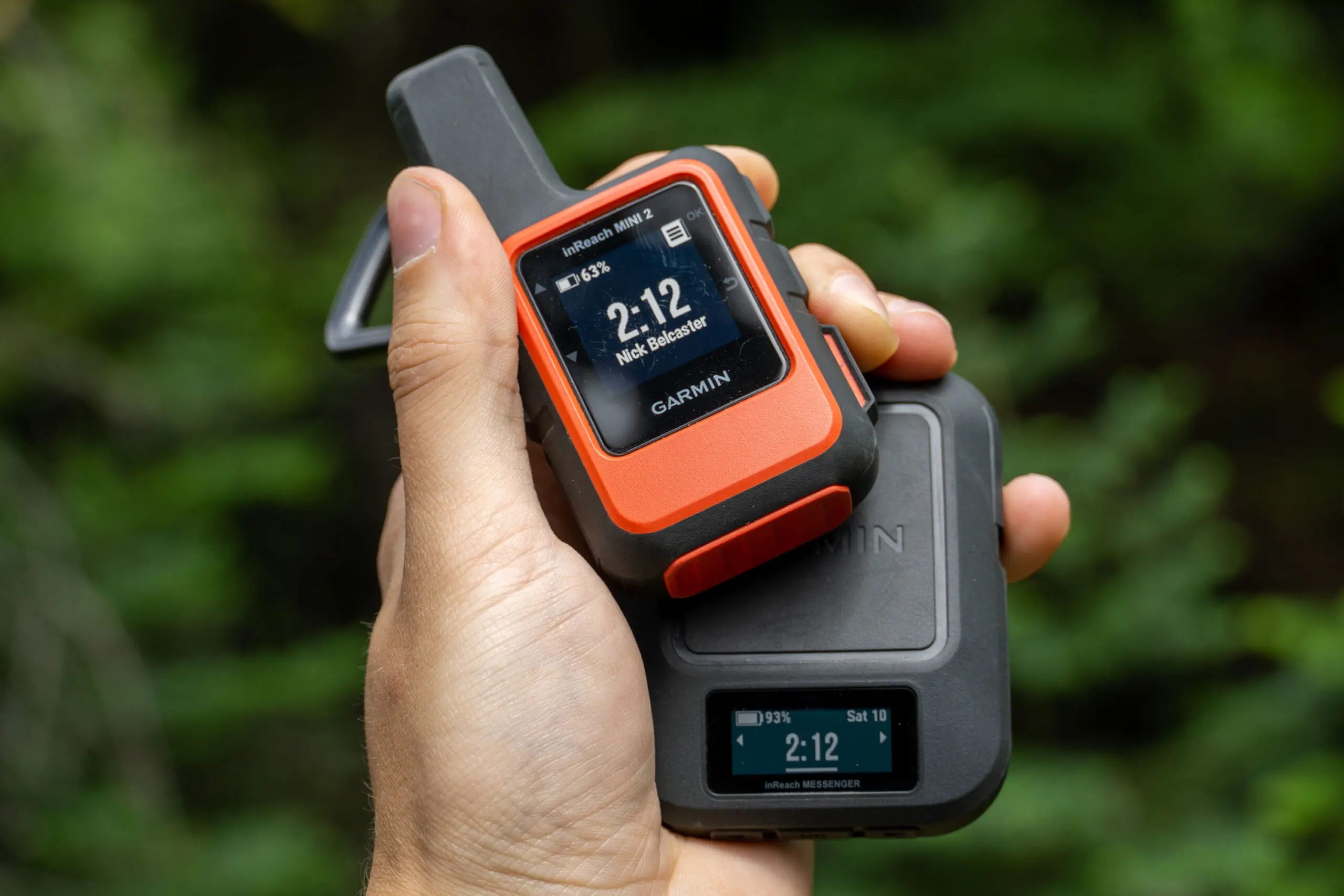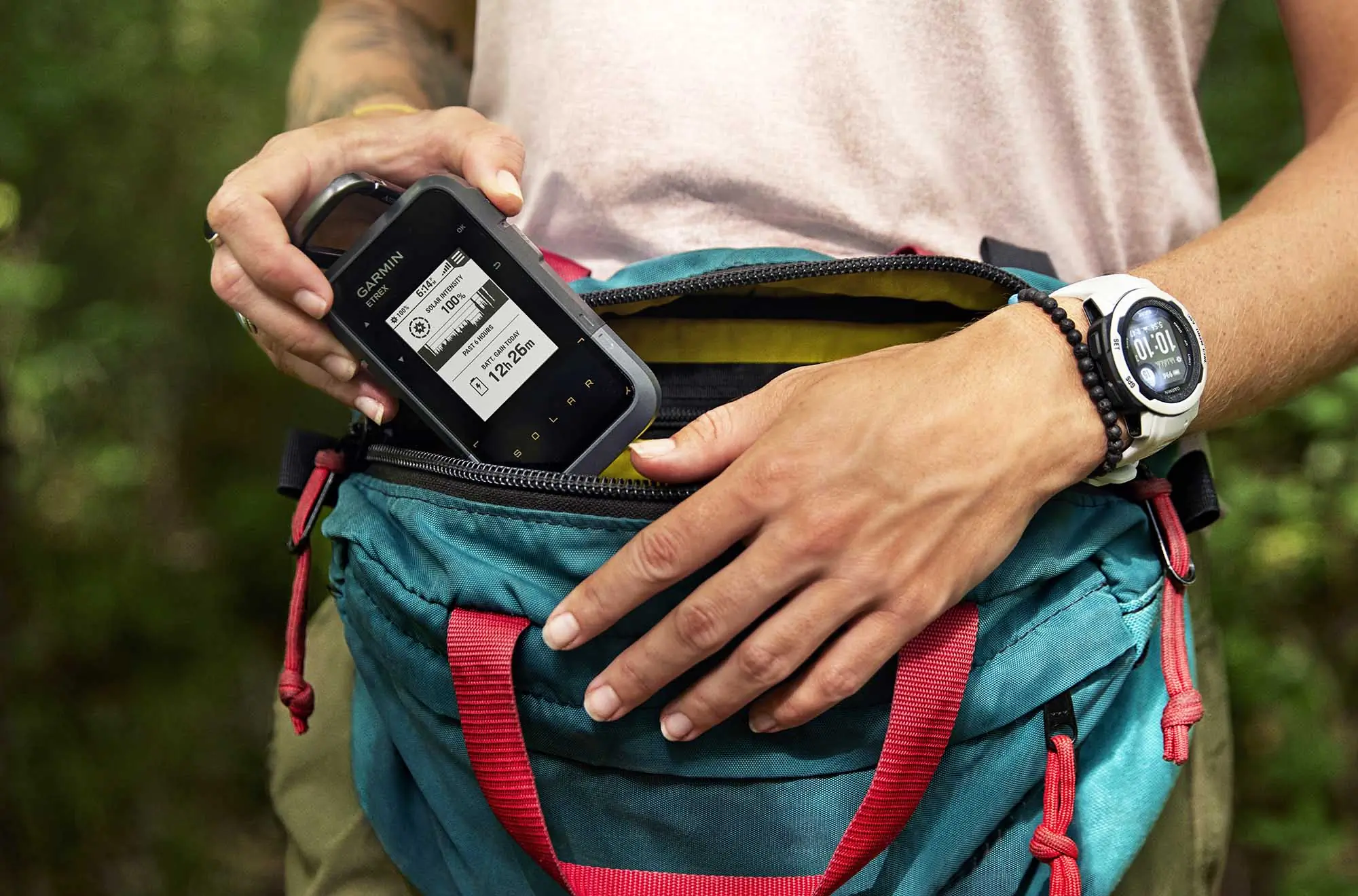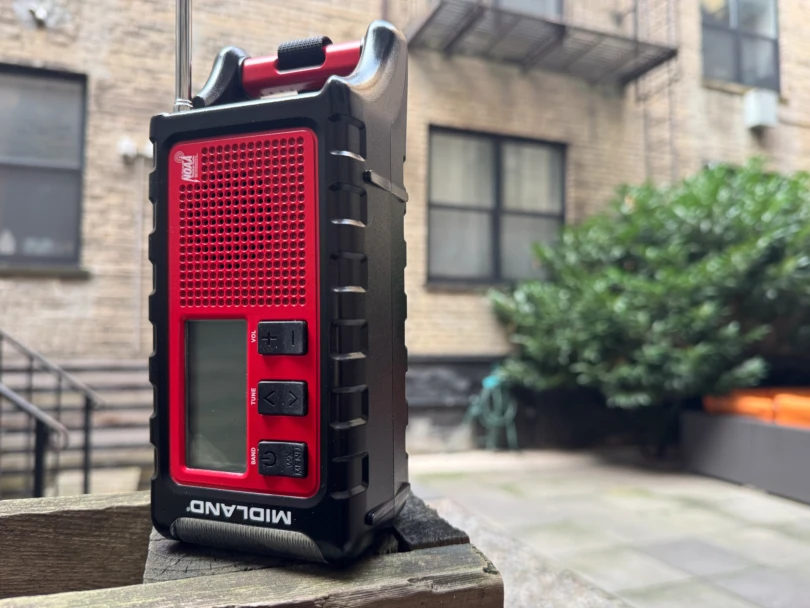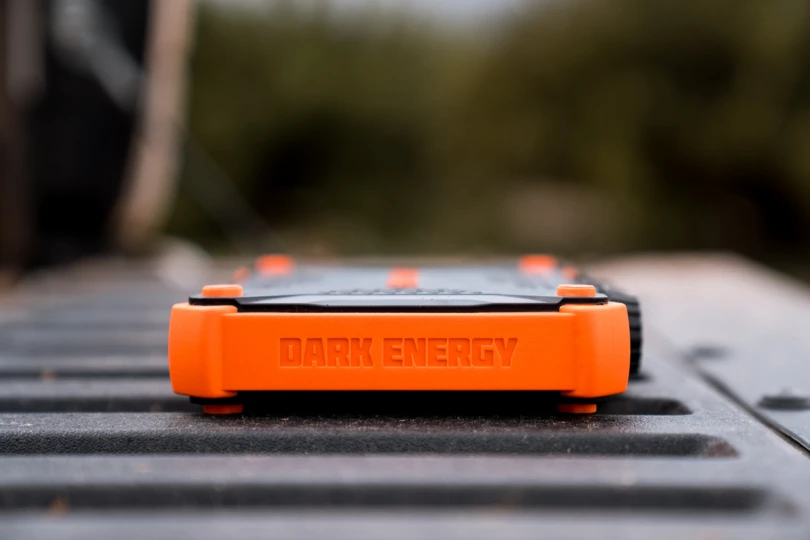We live in an era where anyone with a smartphone can download an app on the fly to suit their needs or specific situation. But what happens when you’re out of cell range?
For those who live out in the boonies, or who like to get lost out there, a gadget like the Garmin Foretrex 801 ($250) is a dedicated and reliable wearable navigation device. Keeping you connected through satellites, there’s nothing that’s going to interfere with this compact wrist unit getting you from one place to the next — except for the battery dying. And that shouldn’t happen often with the Foretrex. At a minimum, this device can make two AAA batteries last for 100 hours. At a maximum, it can make them last over 1,000.
When Garmin reached out about the Foretrex 801, I had no idea what it was all about. After having tested it, though, this little widget earned a place in my kit. Paired with my iPhone and using the Garmin Explore app, I feel like the challenge is no longer in the adventure, but in doing my damnedest to get lost.
In short: If you find yourself in remote, uncharted territory more often than not, the Garmin Foretrex 801 is made for you. This compact and durable unit will keep you headed in the right direction with very little setup or fuss for upward of 1,000 hours on a single set of easy-to-change batteries.
-
Satellite Reception
7.0
-
Feature Set
7.0
-
Battery Life
7.0
-
Durability
9.0
- Battery Life: 100 hrs. in standard mode; 1,000 hrs in expedition mode
- Battery Type: 2 AAA (lithium, NiMH, or alkaline)
- Weight: 3.8 oz.
- Memory: 500 waypoints, 100 tracks, 50 navigation routes
- Screen Size: 2.2”
- Rating: MIL-STD-810 + IPX7
- Connectivity: USB-C / Bluetooth / ANT+
- Sensors: GPS, GLONASS, Galileo +Baro + Altimeter + Compass
Pros
- Compact, durable, easy-to-understand interface
- Minimal interaction is needed in the field to get the info you need
- Battery life is impressive, and runs on AAA cells
- Tough built case
- Pairs with Garmin Explore app for more mapping functionality
Cons
- Could be overkill for folks walking around their local dog park
- The band that it comes with is all right, but there are much better options
Garmin Foretrex 801: Review
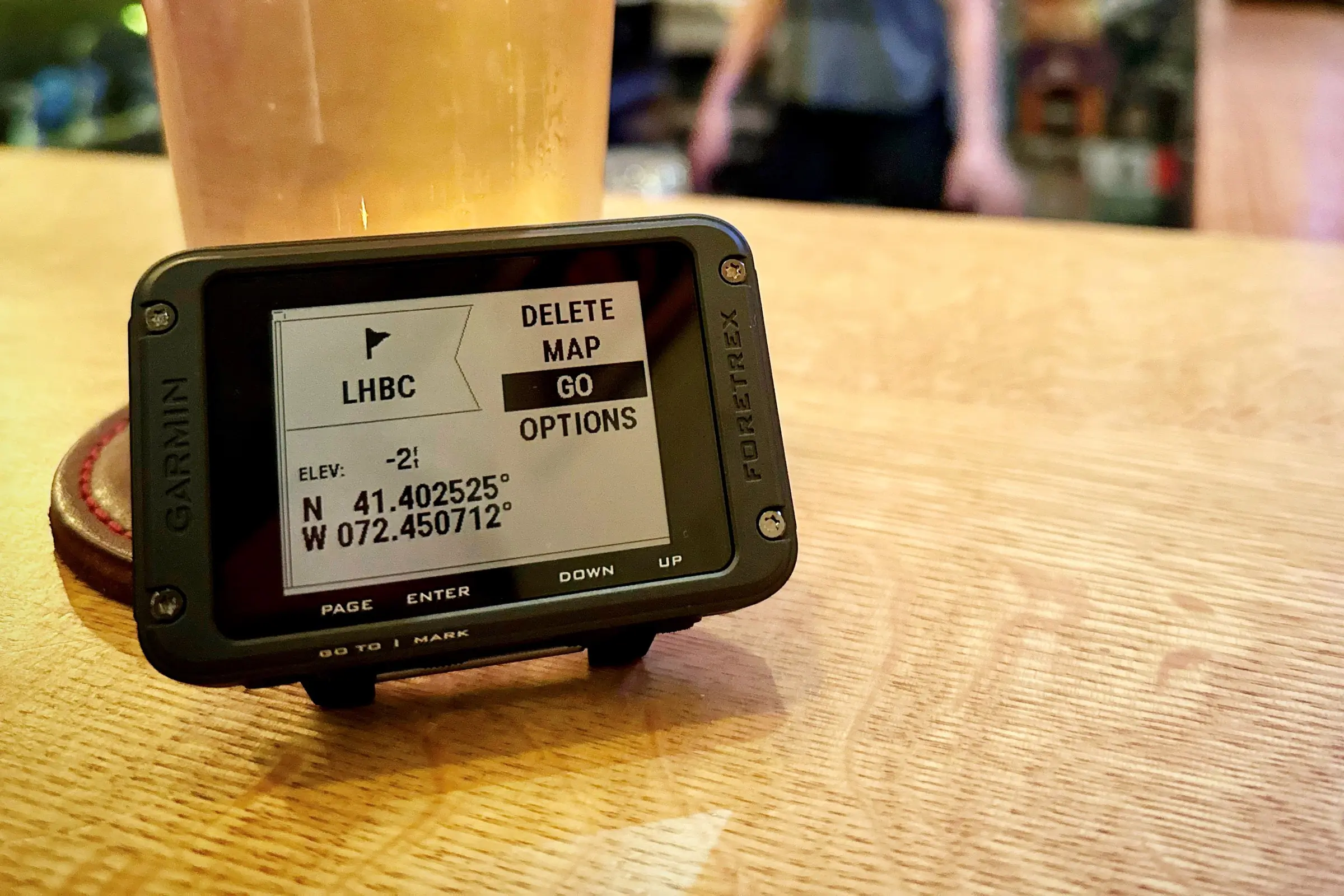
What the Heck Is It?
Like its predecessors, the Garmin Foretrex 801 is a hands-free, wearable satellite navigational unit. The user can input waypoint data to help plan for trips outdoors where cell service won’t suffice. Users can also make waypoints to create routes, which is ideal for backcountry travel whether you’re backpacking, skiing, canoeing, etc.
The Foretrex 801 also has an altimeter, barometer, and clock. It can track your speed to determine the length of your journey, and — when paired with a phone — it can also receive notifications.
Beyond that, the Foretrex 801 has some G.I. Joe stuff on it that a majority of us won’t benefit from. Specifically: Stealth Mode, Jumpmaster Mode, and the ultra-ominous Kill Switch. Aside from its durable, waterproof build, it’s these features that let you know that this technology was built with the military in mind.
You can enable smart features, like text notifications when paired with your phone. But this will not only decrease battery life but will also prove to be a distraction.
What It’s Not!




I think at one point, most of us had a Garmin GPS unit suction cupped to the windshields of our vehicles. Those are not this. The Foretrex series is not a turn-by-turn navigation unit. It won’t tell you that your turn is coming up. There are no cute icons and bubbly colors.
The 801 utilizes waypoints, bearings, and headings to lead you where you need to go. In other words, it’s about as barebones as it gets. And that’s what you want! All of the necessary navigational information is there at a glance.
Additionally, the 801 is not the 901. For each “standard” Foretrex unit that Garmin comes out with, it comes out with a Ballistic version. In this case, that’s the 901. These ballistic versions feature software and data used in competitive and long-range shooting. If that’s your thing, then check out the Foretrex 901.
What’s New?
The Foretrex series has come a long way since Garmin introduced the 101 almost 20 years ago. But the purpose is still the focus: hands-free, uninterrupted satellite navigation in a durable, compact unit. Historically, each model gets a display upgrade for easier-to-read navigation, and for the 801 Stealth Mode and the Kill Switch have been added (more on those below).
The biggest upgrade from the 601 to the 801 is undoubtedly the increased battery life. The 601 (and its ballistic brother, the 701) touted 48 hours of battery life in Navigation mode, 168 hours in UltraTrac Mode (which is now Expedition Mode), and around 720 hours in Watch mode.
The 801 boasts 100 hours of battery life in Navigation mode, 1,000 hours in Expedition Mode, and, in an attempt to save us all from gasping in shock, Garmin won’t even list how many hours you’ll get out of the 801 in Watch Mode.
Garmin Foretrex 801: Who’s It For?
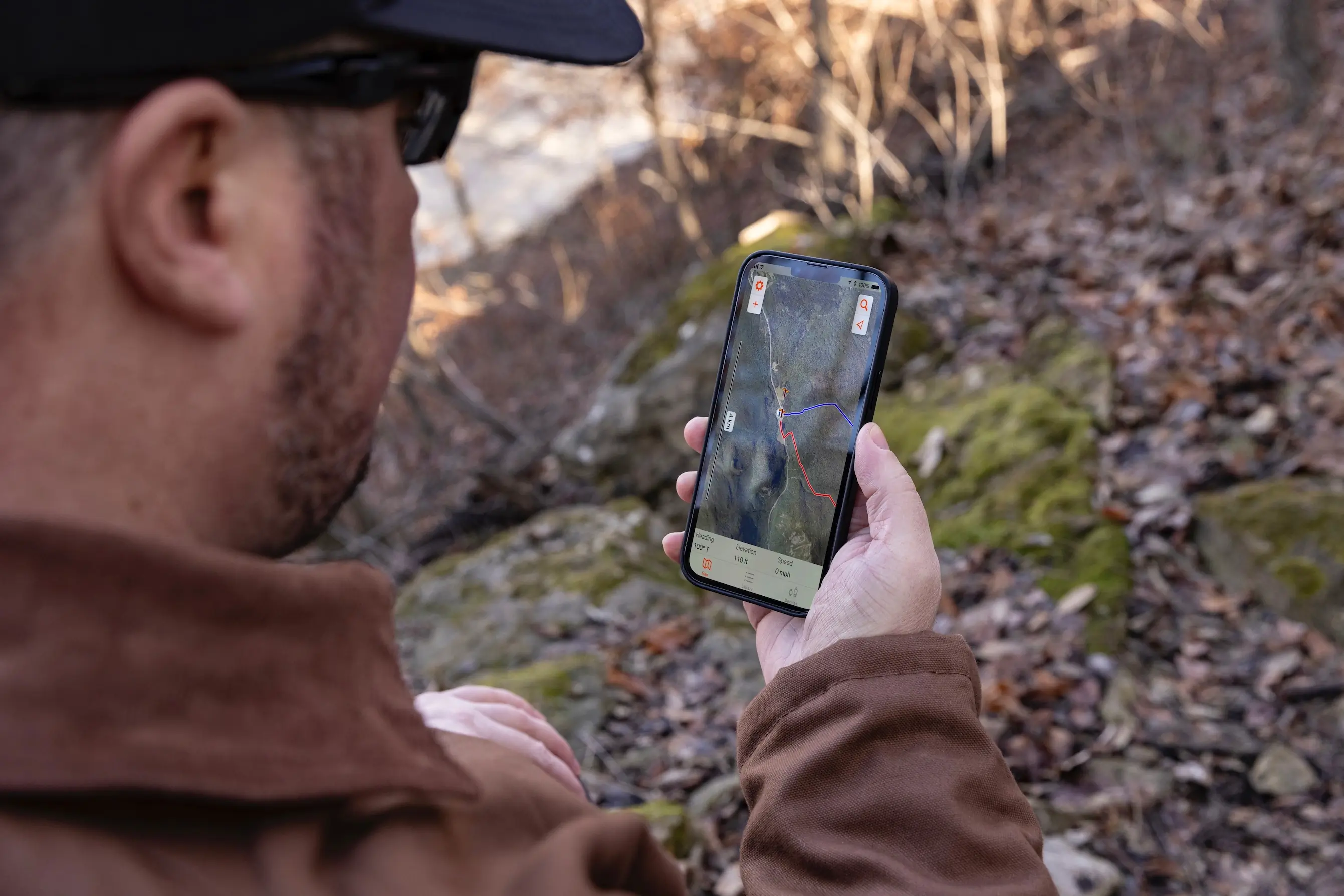



The Foretrex 801 may seem steeped in military applications. But for an outdoor diehard, those aspects might come in handy. The 801 is a dedicated, wrist-mounted GPS unit. It’s designed to keep you oriented in places where your cellphone might not have service. With 100-1,000 hours of battery life, it’ll outlast most cellphones anyway.
So, who is it for? Well, if you like to jump out of airplanes, the Jumpmaster feature allows you to set up your parameters for a perfect parachute landing. But, I think there’s a benefit to the Foretrex 801 for almost anyone spending a prolonged period of time outdoors in remote locations.
The ability to set up waypoints, and create them and routes on the fly, is invaluable for staying oriented. Planning a low-key expedition in the Whites of New Hampshire? You can plot all of the peaks before you go. Rafting down the Colorado River? You can add in waypoints from where you put into where you’re getting out. Blazing a trail in the woods in your backyard? Walk the route and make your own map.
As someone who likes to get outside, get lost, and find his way back for dinner, I had nothing but good, clean, fun screwing around with the Foretrex 801. And I know I was just scratching the surface of what it can do.
No Touchscreen?
I’ve owned a few Garmin products over the years and none of them had touchscreen capabilities. Yes, button controls can be a learning curve on some electronics. But there are only four function buttons (and one power button) on the 801. They’re all clearly labeled and with the menus and functions being fairly specific, I was up and running in a few minutes.
That said, would a touchscreen benefit this unit? Probably not. I think it would be a drain on the battery. And it might be overkill for what the 801 was designed to do.
AAA Batteries
The 801 can run off of alkaline, lithium, or NiMH batteries. In a climate where a majority of electronics run off of proprietary batteries, or ones we can’t access, it might seem a little odd that the 801 runs off of two AAA batteries. But it’s really not. In fact, it’s an advantage as there’s no downtime when the batteries die. You don’t need to be tethered to a power bank or wall. You just swap the batteries out and away you go.
For a wrist-mounted GPS that meets military standards and is pretty tactical by design, replacing the batteries is the way to go.
If, however, this is a dealbreaker for you, there are AAA batteries that can be recharged and reused. Pale Blue Earth makes some — we reviewed the AA versions. But be wary: They aren’t as long-lasting as single-use batteries, and Bluesign recommends against using them in life-saving devices like avalanche beacons. If you’re using this GPS unit to get you out of the wilderness, you’ll probably want to use the most efficient batteries available.
Modes
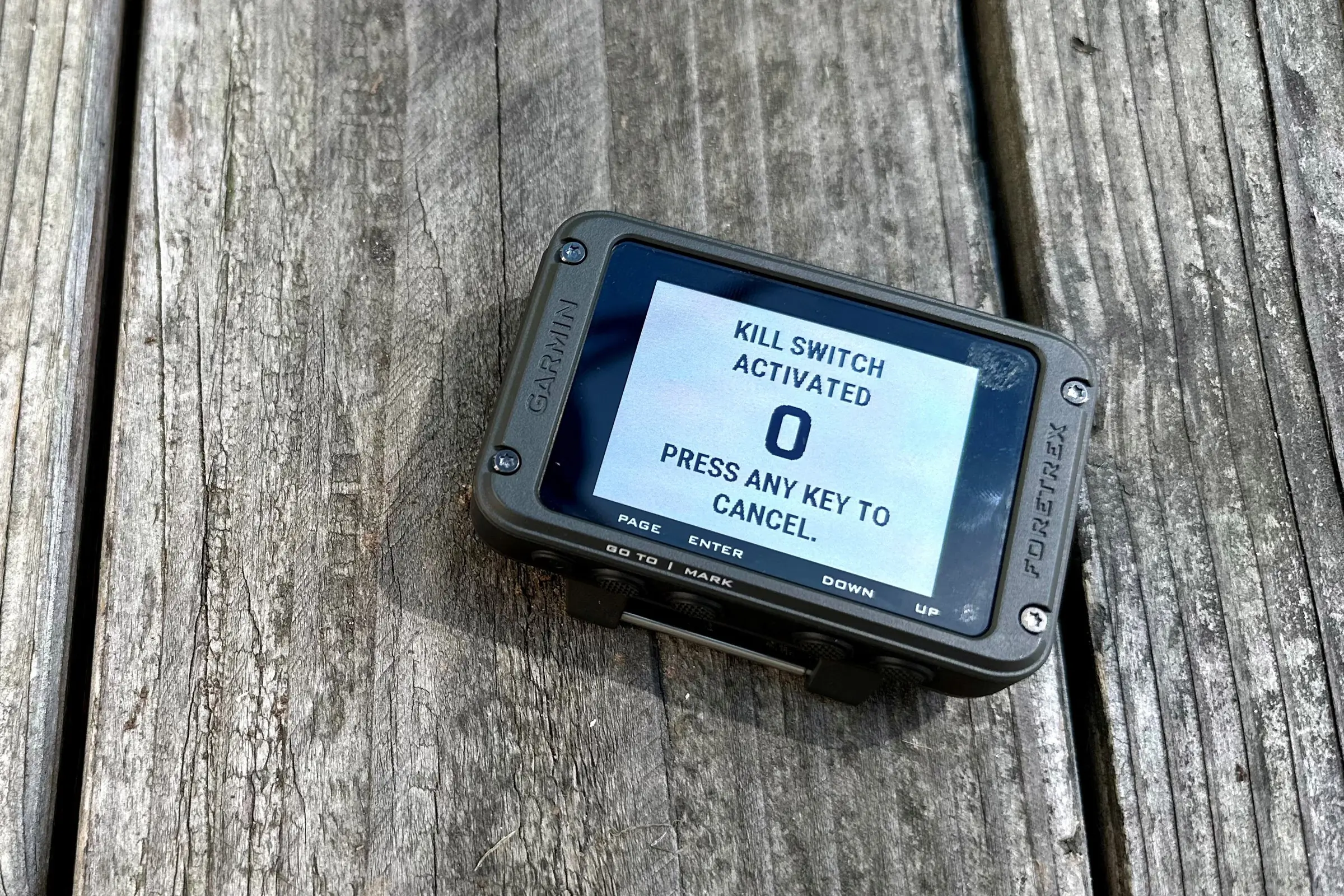



I’ve got a few friends who’ve been in the military for 10-20+ years and are diehard red, white, and blue. When I brought up the fact that I was testing out the 801, they laughed at first and then asked me what I thought about the “new modes.” In total, there are four modes:
- Navigation Mode: This is the mode you’ll likely spend the majority of your active time using. It’s a low-light mode that offers full functionality. It’s also compatible with night vision goggles.
- Watch Mode: Literally, just a watch. In this mode, the batteries on the 801 could last you beyond 1,000 hours.
- Expedition Mode: This mode collects fewer GPS track points and turns off Bluetooth. This is the mode you would use if you were on longer treks that required less interaction with the unit.
- Stealth Mode: This is where things get a little more true grit. Stealth Mode turns off all wireless communications and track logging so that your position cannot be shared or stored.
Aside from that, the 801 features a KILL SWITCH (and Garmin always types that in CAPS when it talks about it). By quickly pressing the power button five times, you can enter into a 10-second countdown (which can be canceled) where you can completely wipe the unit, resetting it to factory settings.
Most of us will never need to use the Kill Switch feature. But it is wicked cool and was also featured on the Garmin Instinct 2 Tactical watch. The idea that there are people out there doing some really high-level stuff where they may need to wipe their 801 to keep secrets safe, is wild. I’ve done some epic stuff, but that’s James Bond status.
First Impressions
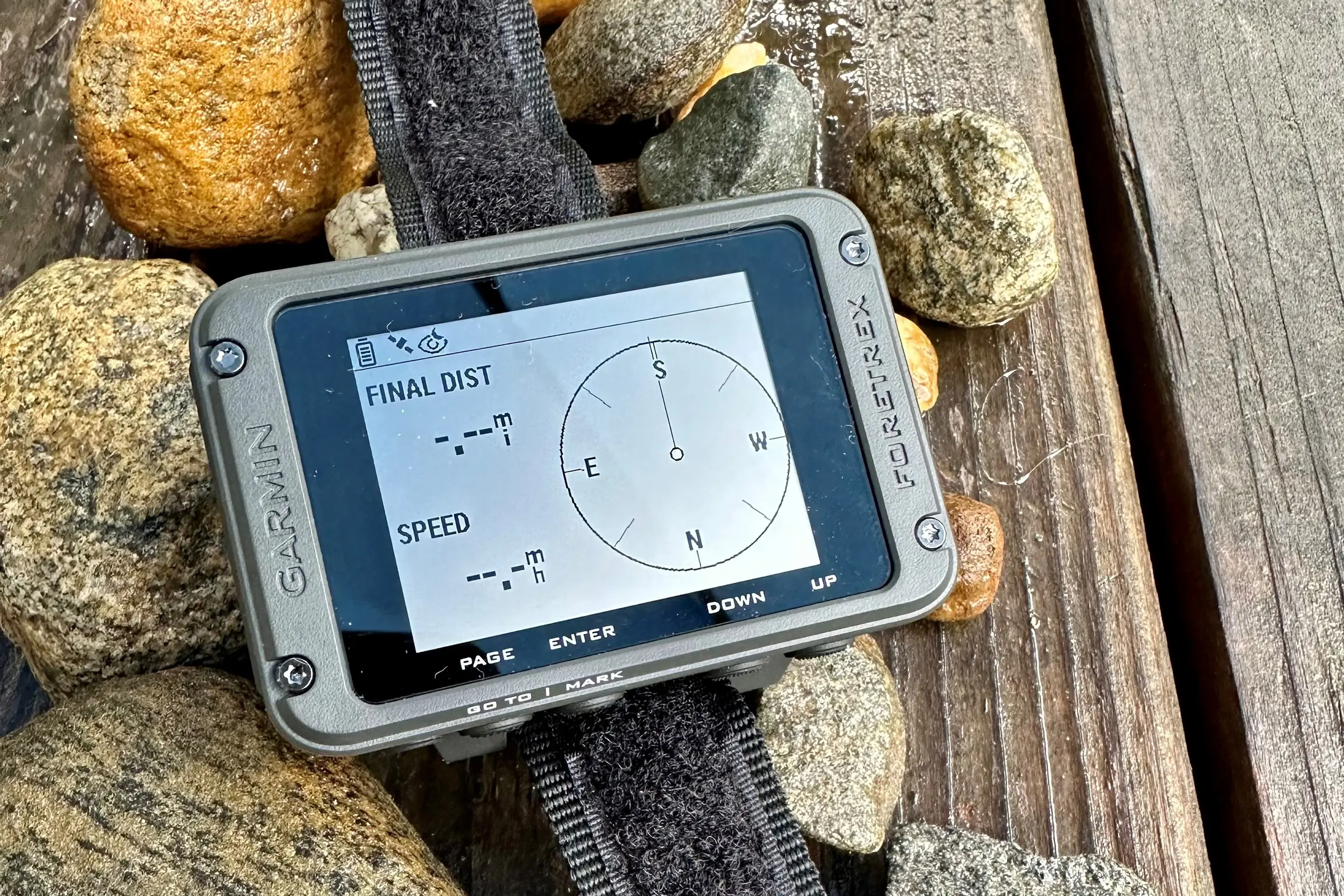



As I said in the introduction, I really didn’t know what I was getting myself into. I’m a tinkerer by habit and electronic gadgets like this aren’t hard for me to figure out and get used to. But there’s a lot here, so I did step back, read the user manual, and get my head into the game.
The unit itself is small and built like a tank. The strap it comes with is long enough so you can wear the 801 over the sleeve of a shell, but it’s a little cumbersome. That said, if you’re not into Velcro, or want something a little easier to use, the 801 is QuickFit compatible. So you can switch the band out for a variety of other bands from Garmin.
All in all, I sat at my desk for a solid 2 hours getting acclimated to the 801. Someone who has experience with the Foretrex series could probably figure it all out in 10 minutes. If you’re not technically inclined, well, this might not be the navigation solution for you. However, there are a ton of videos online to get you up and running if you’re determined.
Looking back, if I could share any pointers with prospective users it would be to take your time and set up your waypoints. Do as much as you can with the phone paired to the Garmin Explore App so that when you head out of cell range, you just need to focus on what you need the unit for.
Foretrex 801 in the Field
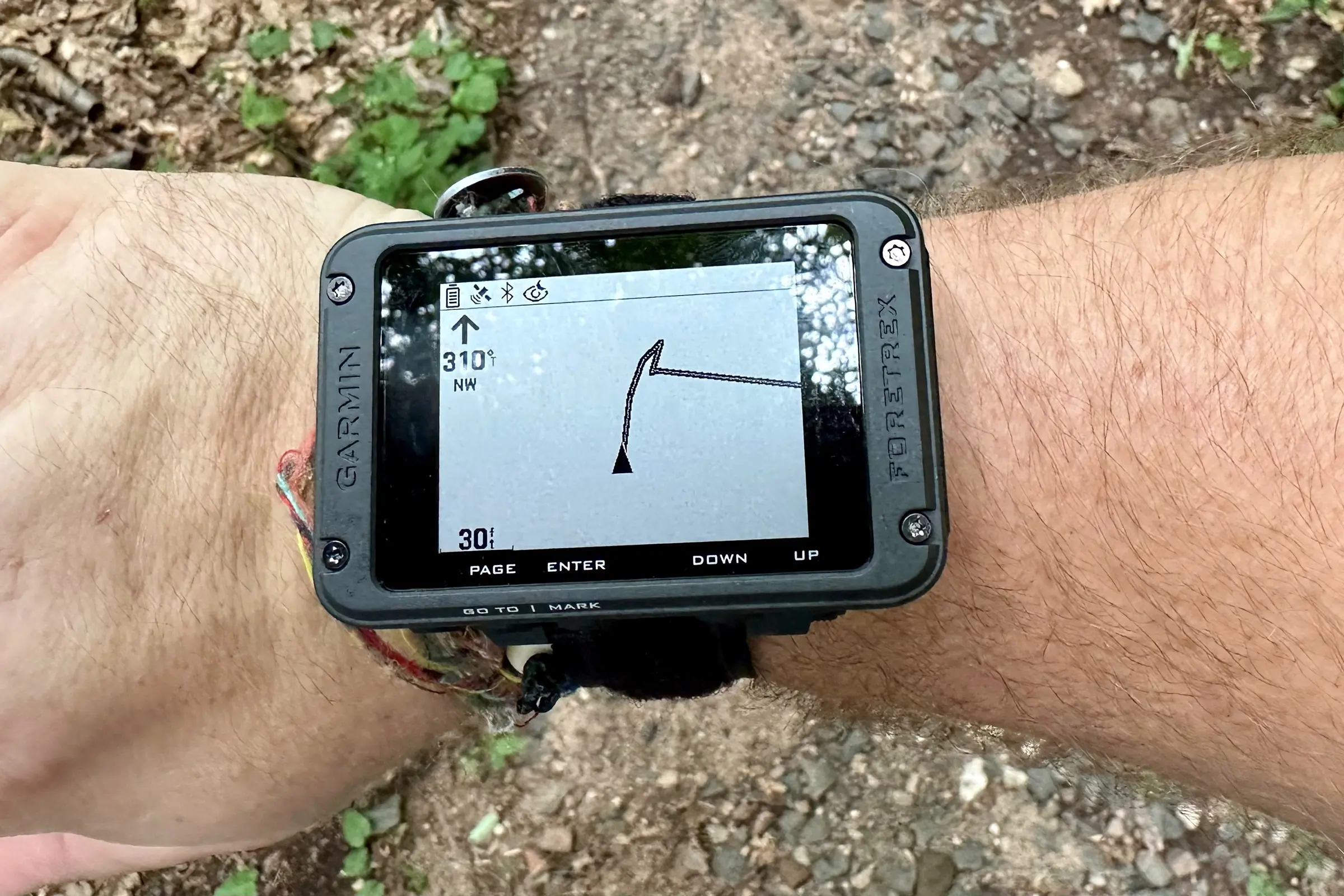



I’ve taken the 801 with me now on eight hikes. It’s a bit of a novelty since I rarely venture more than 7 miles away from the trailhead. But I often go places that don’t have cell service. No, I can’t receive texts from my mom on the 801. If you want something that allows that, Garmin makes the inReach Messenger. We reviewed it here.
The first time I went out into the woods with the 801, I went to a local preserve whose reviews on Google and AllTrails were less than stellar. Many folks thought the trails were impossible to follow, and the ones you could see were wickedly overgrown.
Those reviews weren’t wrong. It was the perfect testing area.
As explained in the user’s manual, the Garmin Foretrex 801 thrives on the input you give it. The more waypoints you add, the more beneficial the unit becomes. Some outdoor orienteering skills and determination to not get lost help as well.
So when I arrived, I set a waypoint where I parked and another at the trailhead. From there, I navigated through a very poorly planned network of trails. They crossed over one another, led to dead ends, and were covered with fallen trees and poison ivy. When I got to the point where I was done hiking, I created my third waypoint.
In the course of an hour and a half, I had created a 2½ mile loop that I could now follow if I chose to come back. It’s quite like what Gaia GPS has for hiking trails, except I made this one. I even compared it to Gaia GPS, which I had recorded on my phone in my pocket. Both tools captured the same information.
In the Truck
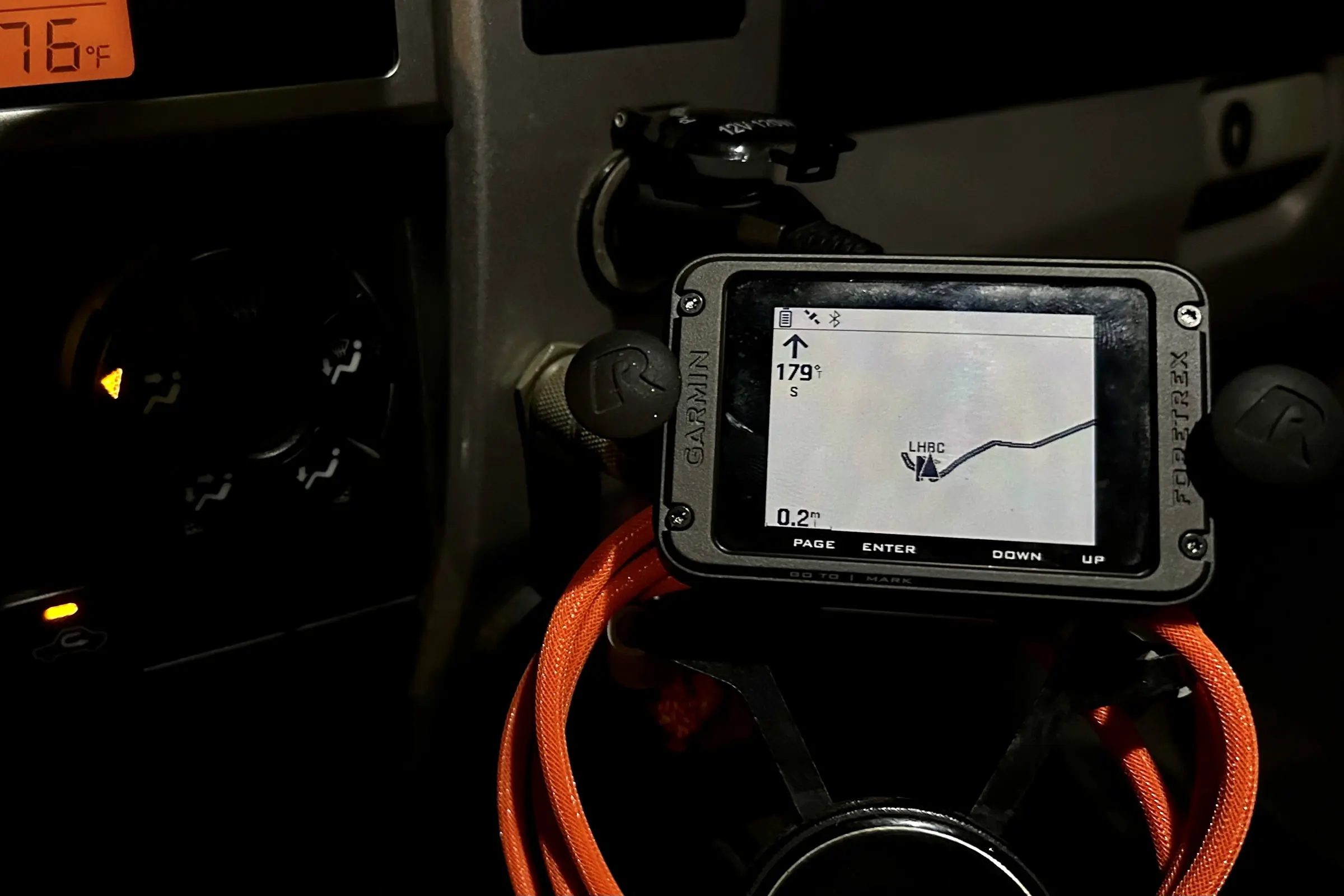



I do a ton of off-roading. Some places have their trails mapped out really well; others do not. But, the 801 doesn’t know if you’re walking, running, driving, flying, etc. It just knows that the unit is moving.
That said, it’s really wild to see the route you’re driving getting mapped out. The 801 will capture all of your waypoints, routes, speed, distance, and time it took to get from one place to another. Realistically, though, it’s no different than what I get out of Gaia GPS, and you can get out of other apps like it — until you go out of cell range.
So, if I had to give the Foretrex 801 another gold star, it would be here in this scenario. Just like hiking, I set a waypoint where I enter the trail, and one when I leave. In a couple of cases that got a little hairy, I started a route that allowed me to backtrack if I needed to. All in all, even on the fly, you’re only pressing a couple of buttons to figure everything out. All without a cell signal.
In a Foreign Land
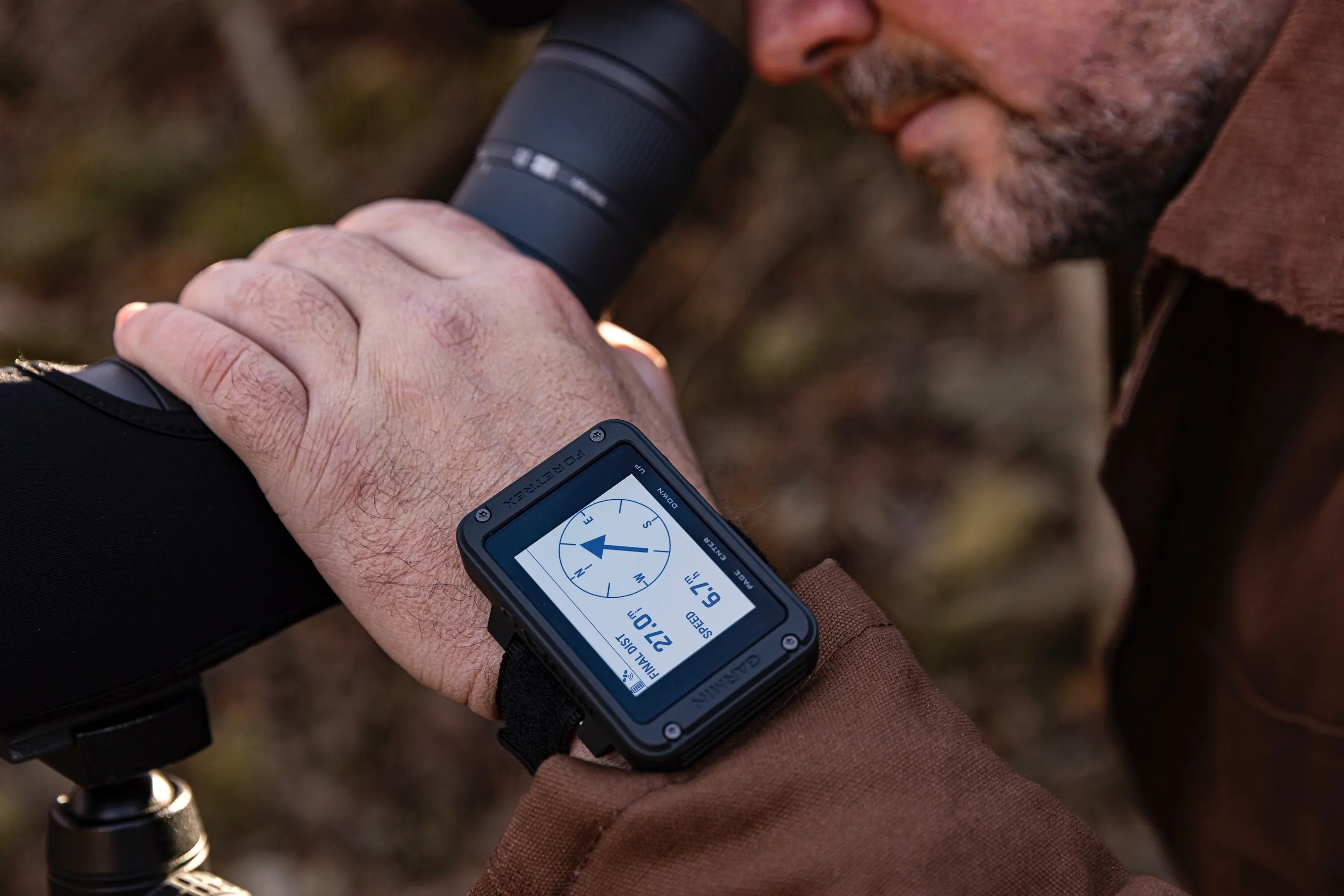



Here’s where things get a little gritty and we shift from the carefree life of an outdoor enthusiast, bagging some peaks, or cutting through fresh powder in the middle of nowhere, to conflict, combat, blood, and guts.
The benefit of something like the 801 is that the user can pre-plot all of their waypoints. Once they’re out in the middle of nowhere, turned around on a mission, they can easily pick from that list and, with the press of a couple of buttons, get their bearings.
In this case, the 801 could make the difference between life and death. That being said, this is also the one scenario where you would get the full benefit of everything included in this unit.
Room for Improvement
To be sure, the Foretrex 801 isn’t full of bells and whistles, but there are still a few things that could be tweaked.
With a profile that’s reminiscent of a small deck of cards on your wrist, it’s safe to say that the Foretrex isn’t exactly a svelte and sleek wristwatch you might casually wear out on the town. The military-esque look certainly makes the statement, and if all you’re after is a stripped-down GPS unit, it might look a little too ‘tacti-cool’ for many.
While the functionality of the Foretrex is fairly honed, there is a bit of a learning curve to working through all the menus. You can even modify what many of the screens display. Like I said earlier: read the manual before diving in. It took a good 2 hours to really learn how to work with the 801.
And finally, get your brain ready for 2D. There are no preloaded maps on the Foretrex, nor is there any way to add them. This is classic breadcrumb-style navigating, and while you can load routes onto the device, some imagination is required to see what the device is trying to show you.
Garmin Foretrex 801: Conclusion
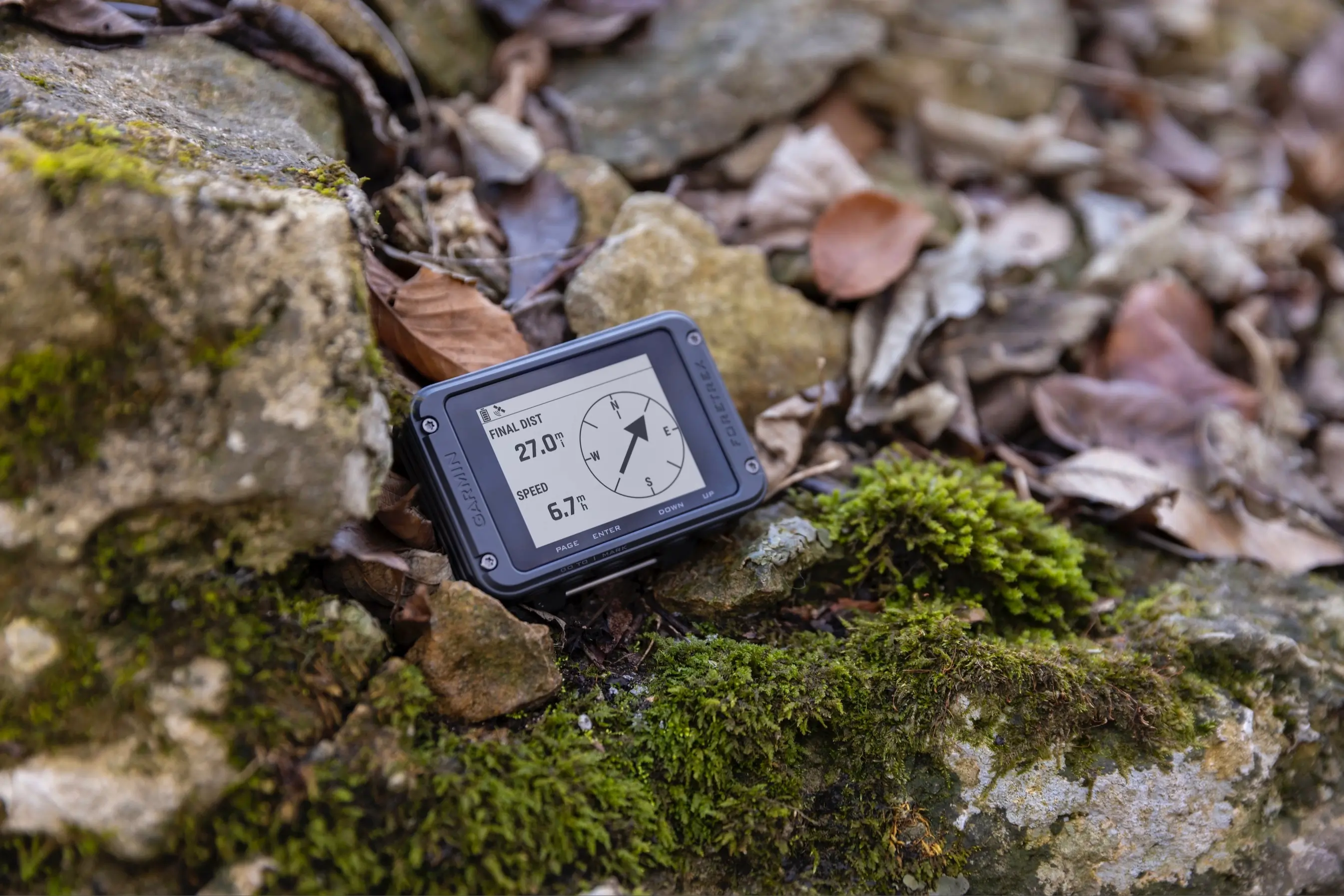



Getting down to brass tacks here, if you’ve got $250 to burn and you want to improve your navigation in remote areas where cell service doesn’t exist, then the Garmin Foretrex 801 might just be the right tool for you. I go too far or too deep into the woods regularly — maybe not even enough to justify owning an 801. But it is a game changer and it will benefit you if you are someone who does spend a lot of time out there.
I really enjoy the fact that the Garmin Foretrex 801 runs on two AAA batteries. Almost everything else we carry that needs a battery needs a charge these days, so this is a nice advantage. Beyond the time it takes to swap the batteries and recalibrate the compass, there is no downtime during battery change. For reference, compass calibration takes less than a minute.
I’m also impressed by how long those batteries last. Sure, it’s easy enough to throw a couple of extra AAA batteries in your pack or pocket. But 100 hours is a long time. And 1,000 hours is almost unconscionable. You shouldn’t worry about losing power often.
Setup and navigation on the unit are fairly simple. There are tons of reference materials online that can get you up to speed with the 801 in no time. Fitness watches these days can become so bloated with extraneous features, from friendly chimes reminding you to get your steps in, to sleep trackers and even reminders to eat. This is easily the biggest selling point of the 801: simplicity.
In the grand scheme of things, $250 isn’t much of an investment for a tool that will keep you from getting lost … or worse.
